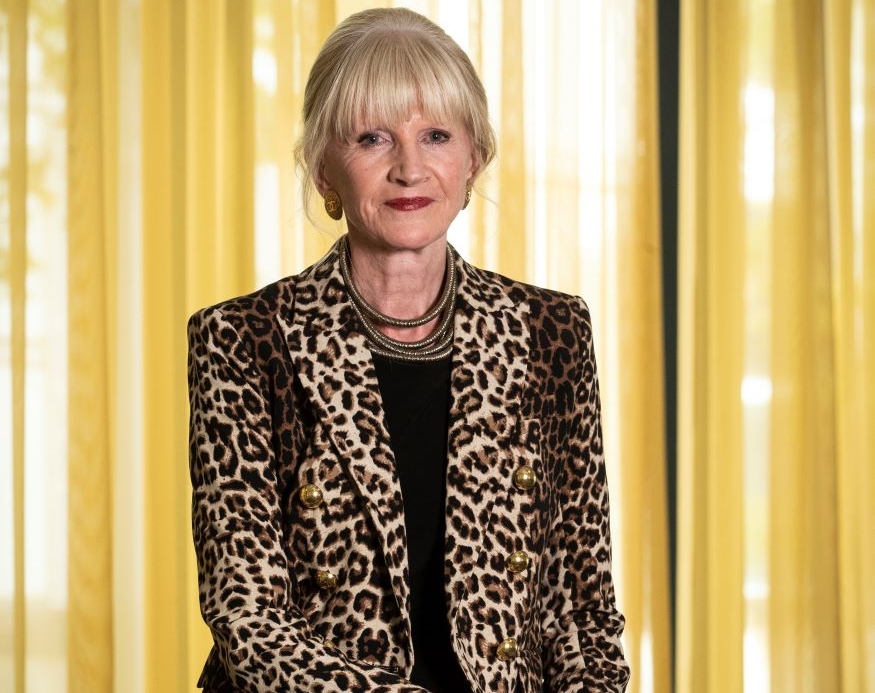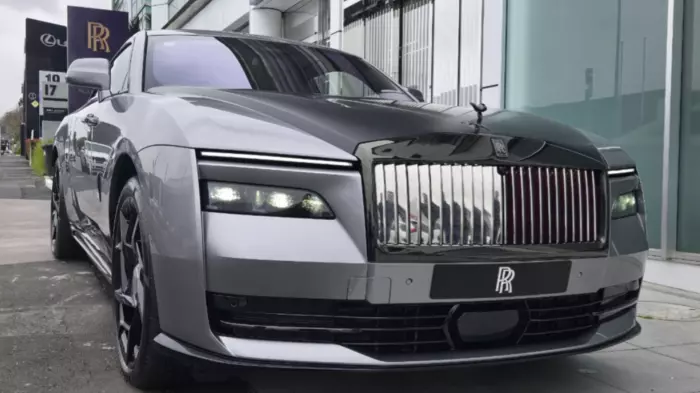Let’s pretend for a minute you’re the most successful tech entrepreneur of your generation. Now let’s pretend you're about to appear in front of the US Congress to answer awkward questions about users’ personal data. Would you wear:
(a) The best suit money can buy?
(b) Your trademark jeans and hoodie?
(c) Who cares? It's what's under the clothes that matters, not the clothing itself.
That’s exactly the dilemma Facebook founder Mark Zuckerberg faced a few years ago when he was called to testify at Capitol Hill.
Zuckerberg, whose sartorial choices are known for never stretching beyond (b), surprised his fellow tech dudes by choosing to wear a well-cut navy suit and bright-blue tie. Commentators pushed the “like” button, calling it his “I’m sorry suit” and applauding the social media mogul for dressing up.
Because no matter where you sit on the formal-versus-casual work-attire spectrum, it’s not news to anyone that we judge people on how they cover their bones.
“The old saying about judging a book by its cover still rings true,” says Doris de Pont, fashion historian and founder/ambassador of the New Zealand Fashion Museum. “What you wear to work is shorthand for how you communicate your role to others, as well as your authority.”
She’s right: a 2014 study reported in the Journal of Experimental Psychology asked male subjects to wear either a suit or sweats before engaging in a game that involved negotiating business deals. Those who suited up won the most profitable deals and did better in cognitive tests, which indicated that formal business attire increased abstract thinking and gave wearers an overall greater sense of power.
De Pont, who designed corporate clothing for women in the 80s, says people prefer clothing that matches expectations. “So that’s doctors in lab coats, police in blue uniforms, a manager in a suit or appropriate business attire. If you’re in a position of power where you need to ask people to do things for you, you need to communicate your authority by how you dress. If a manager wearing a pair of shorts and jandals in the office asked you to do something, you probably wouldn’t take them very seriously.”
Someone who knows all about what to wear to work, who’s been there, done that and has the tailored white shirt to prove it, is Joan Withers. The veteran board member and current chair of the Warehouse Group says although workplace standards have relaxed since she first started out in business 25 years ago, dressing appropriately has not.
“There were very few women in governance roles in New Zealand when I first started and often I was the only woman in the boardroom,” says Withers. “Back then, suits were like a uniform men wore, so for me it was a question of credibility – how can I fit into this environment? A suit was a way to dress appropriately.”
Withers, who’s known for her stylish wardrobe, says her go-to designer for workplace attire has long been Adrienne Winkelmann. “Her suits are well made, travel well and feel good when I wear them. They are not only appropriate but also stylish.”
 Joan Withers, Warehouse Group chair. (Photo: Jason Oxenham/NZ Herald).
Joan Withers, Warehouse Group chair. (Photo: Jason Oxenham/NZ Herald). The former Fairfax CEO has always loved clothes, thanks in part to a dressmaker aunt in London who made costumes for ballet dancer Dame Margot Fonteyn. “She made a lot of my clothes, including my wedding dress.”
Although Withers admits having a “suit uniform” previously made dressing for work easier, she believes today’s more relaxed corporate attire is “a win for diversity and for bringing your whole self to work”.
“Don’t dress in a suit if it makes you feel uncomfortable, and don’t be constrained by rules. But at the same time, don’t lose sight of the fact that you still need to dress appropriately for whatever setting you’re in. I'm happy with a more relaxed style of corporate dressing as long as it’s still appropriate.”
For Withers, that means splitting up her two-piece suits – wearing the skirt or trousers with a silk shirt, for example, rather than as a complete suit.
In a world where people are increasingly working from home, when there’ s no one to dress up for but the cat, Withers still beats the appropriate drum.
“It’s silly to dress up in a suit for a Zoom call but you’re still presenting yourself to the world, so you do need to make an effort.”
Ask international accounting firm director Ben Ford how many suits he has and he has to think. “I’m not really sure. I don’t throw suits away and I usually get one or two new ones a year.”
The Aucklander prefers made-to-measure suits and shirts, not just because he enjoys the process of selecting the fabric and colour but also because it produces a better fit.
It has always been thus: in 2012, Ford was named Unlimited Magazine’s Best Dressed Businessman of the Year, and although the father of one laughs off the title, he admits he’s always taken care of his appearance. “It’s about making an effort and having that attention to detail.”
It’s an attitude that spills over into the workplace. “Dressing appropriately for the office is different to dressing appropriately if you work in the media or for a tech start-up or in hospitality,” Ford says. “In the office context, it’s about dressing for the day you have – so a suit for client meetings or a tie for a board meeting. If I’m meeting with a tech client, I’ll wear a more casual suit and no tie. I’m there to do a job so I need to wear something which communicates that.”
It’s also about minimising distraction. “If you’re comfortable in your appearance and it works for the situation, then you can get on and do your job.”
During three years in London, Ford fell in love with European style, particularly Italian three-button suits that aren’t as formal as those he wore after graduating with commerce and law degrees.
“My style has evolved to the point where it’s definitely more causal now. Since lockdown, with many of us working from home part of the week, it’s become even more so. But I probably still wouldn’t feel comfortable wearing jeans to work unless it was Casual Friday.”
Still, not everyone is a fan of casualised workplace attire. De Pont, for example, believes that more formal clothing makes the wearer feel more professional.
“No matter how hot it is, shorts – even dress shorts – are for the beach, not the office. And the same goes for showing cleavage in the office. It’s not appropriate.
“I’ve worked from home for years but always dress up and do my makeup. It makes me feel more professional, in the same way that I wear a pair of sturdy boots to make a tough phone call. What you wear definitely affects how you act and feel and it’s about having respect for yourself and your colleagues.”
If de Pont has any advice about what to wear for work, it’s to look into a full-length mirror before you leave the house. “Ask yourself: Would you want to deal with this person in the office? If the answer is yes, then you’re dressed appropriately.













